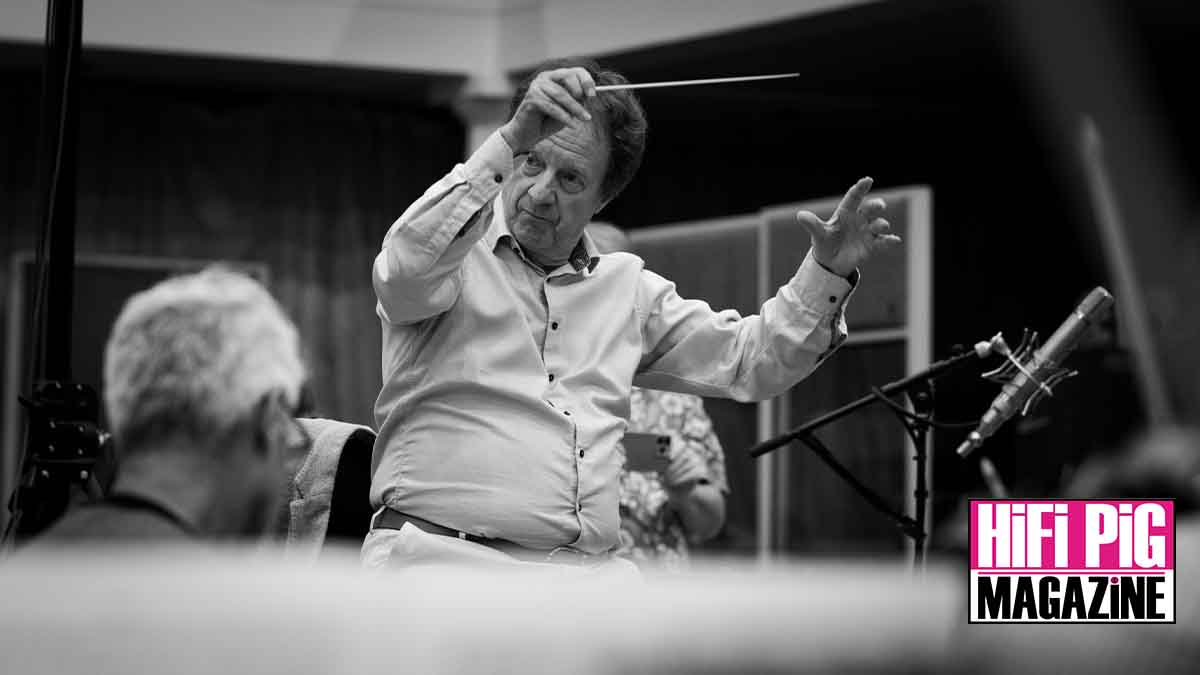I figure out why wives and women don't like the hi-fi audio sound. There are natural sounds (human voice, dog barking, baby crying, water flowing, etc.) and unnatural sounds. Human can't hear a natural and unnatural sounds together. If they are presented at the same time, the human must choose one of them. Almost men (and audiophiles) can switch back and forth (extremely fast) between natural and unnatural sounds. However, almost women (non-audiophile) can't switch back and forth between 2 sounds.
In below video, If I didn't say "hello", our ears could adjust to the given speaker's sound and we could hear both speakers fine. But saying "hello" (natural sound) holds our ears to stay in a natural sound mode without adjustment. So, below video sounds are the true sound. Women ears are always in the natural sound mode and they hear just like a microphone in below videos.
The speakers in below videos were same sounding speakers. The right speaker is converted to a natural sound speaker by me. Almost all speakers in the world sound like the left speaker. These speakers sound rough and not as refine as hi-end, but points here is about the natural sound.
Alex, if I may.
I fail to understand the point of the PA speakers video. They are badly distorted. One of the speakers has a lot less high frequency output, to the point where it doesn't seem to cover the upper harmonics in your voice even, but it's hard to say because of the distortion and clipping. None of them sound better integrated with your voice than the other.
Natural and un-natural sound modes aren't a thing that exist. It is all a continuous expectation bias landscape that everyone navigates.
To speak about this in the least ambiguous manner possible one can use distortion components, profiles and psychoacoustics integration. If a reproduction of a given sound has non-zero and/or psychoacousticaly un-masked distortion components then it won't fool your ear, you'll know something is off. If a reproduction of a given sound as either true zero distortion or that is effectively masked, you can't tell the difference from the original source (never fully happened in the history of hifi, just so we get this out of the way). That is the naïve definition of distortion. Most audiophiles have had the experience that certain systems allow people to have conversations in the room even when the thing is playing at high volume, effortlessly. This can only be explained in terms of distortion, psychoacoustics and expectations, natural/unnatural is like trying to describe a large gothic cathedral with just one adjective. You can do it, but it means very little to nothing in such a broad world. Furthermore, you seem focused on good reproduction of the voice register. What about a double bass? How
natural do you think these speakers are for me if my focus if to reproduce an extended B double bass? Because if they aren't, how can they be
natural at all? This is one of the reasons this descriptor, in you context, has little value. Either you become more precise in your description of broad in your effort.
Also, no need to say you
found out why wives and women don't like hifi. It is a poor taste generalization, obviously not true and, well, in this context, borderline misogynistic. You could say, for example, that people with little purposeful exposure to hifi, and hence no adjusted expectations and concessions, have a different response to certain aspects of sound reproduction. No matter if they are man, women or dolphins.
I understand English isn't your first language, so I recommend taking it easy.







